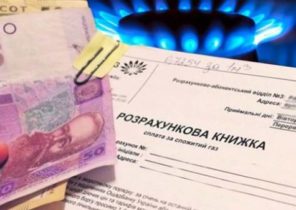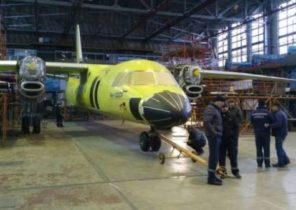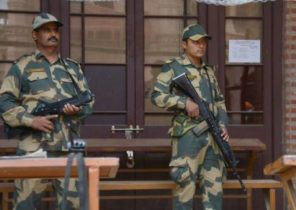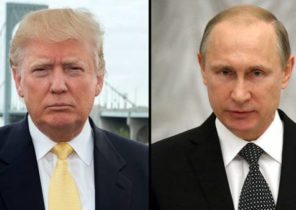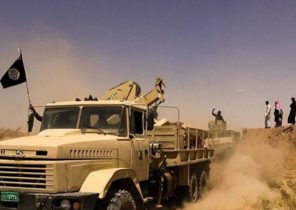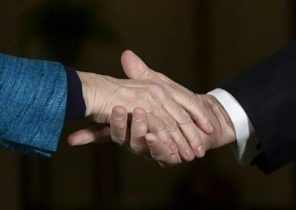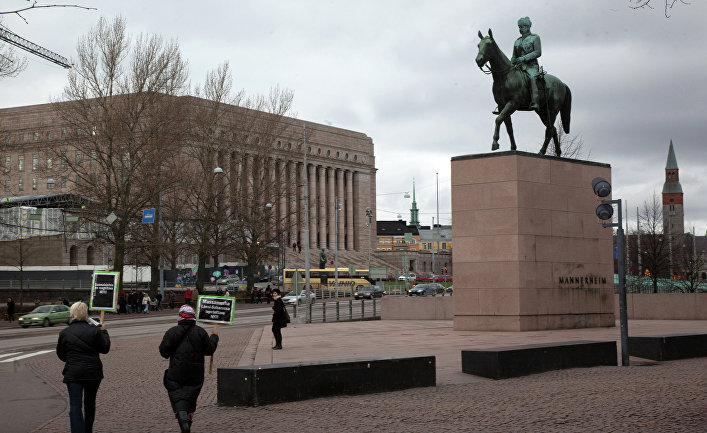
The value of Finnish horses in the Finnish army was huge. Veterans hospital Kauniala happily greeted their former comrades.
Horseshoes rattled on the pavement of the courtyard of a Finnish hospital for disabled veterans of Kauniala in the city of Kauniainen.
“What is his name?”, − asks 95-year-old Browne Averla (Bruuno Averla) and stroking the white horse’s face.
“Ciribassi, or just Kirppu” − meets Nykanen Petri (Petri Nykänen) and brings the horse closer to the Walker.
“The horse Mannerheim was lighter and bigger.”
Ciribassi, ten year old stallion Finnish breed, came to greet the veterans hospital Kauniala. In their life Finnish horses have played a huge role.
During the war, Browne Averla was a sapper. In the period of the truce he took care of the horses Mannerheim and other generals in Hameenlinna. Five guys from Helsinki was responsible for five horses.
“It was the best place during the war. The horses were good and beautiful. We weren’t allowed to ride them on horseback, but we were taken. Put them on your feet alcohol bandage. In his spare time he fled to Lahti to see the girls. But always got the outfits for these tricks” − with a laugh said Avella.
The groom twice met with Mannerheim.
“He gave the impression of a decisive military leader”.
Ciribassi participates in the horse-breeding organizations: volunteers bring horses to please the children, the elderly, and labor groups.
The campaign is part of a program for the celebration of the 100th anniversary of Finland and the 110th anniversary of the Finnish stud book horse breeding. The event is intended to emphasise the importance of the role of horses Finnish breed, the Finnish wars.
Almost all services of the Finnish defence forces, all transportation and evacuation lay on Finnish horses. In the midst of the Winter war the defence Forces received permission for compulsory seizure of horses at their disposal, as the army there were only 5 thousand.
In the Winter war involved more than 65 thousand horses Finnish breed, the war-continued — 62 thousand. Of the entire horse population of the country every fourth horse involved in the war, and of those who participated, every fourth horse was killed in the fighting.
About how Finnish horses were used for war, there was a very rosy picture, says an employee of the Museum of sport horse breeding Erol Juha (Juha Erola). The horse brought the war straight from the fields, was not ready for the front.
Some horses were lost, some died from heart attacks. The part had to be destroyed because they are hysterically afraid of the grenade. Many horses to do what people expect them to.
Grandfather Eraly during the war he worked with horses. He’s got the deepest emotional trauma, watching the fate of horses during the war.
“My grandfather told me how he listened to at night, the hungry and the frightened neighing of horses. One day he brought from-under bombardment by the horse, around which all the horses were killed by the grenade explosion. The horse stood with his eyes closed and expected only death. She couldn’t even leg move,” says Erol.
94-year-old Joel Vesalainen (Joel Vesalainen) removes the bangs from the eyes of the horse.
“You don’t see anything from under it”, − he speaks with a horse.
17-year-old Vesalainen went to volunteer for the Winter war from Vyborg. He fought in the Winter war, the Russo-Finnish war of 1941-1944 and the Lapland war, a total of five and a half years.
“So there passed all my youth”.
Between the wars Vesalainen trained in Lappeenranta, where the troops were shown how to deal with horses. Home Vesalainen had horses, for whom he cared. Favorite horse’s name was Pelle (pöllö owl in Finnish, approx. TRANS.), she always welcomed his master in the morning whinny. Pelle is so loved people that probably would have gone up the steps into the house if she was allowed to do it.
“The horse is man’s best friend, reliable and faithful.”
Vesalainen doesn’t know what happened to the horse during the war. The house remained on the other side of the border, and the connection was broken.
During the Winter war the defence Force could not provide the horses necessary equipment and even food. During the war the Finns had voluntarily collected 20 thousand blankets for horses.
In the autumn of 1941 the situation worsened with food. Hay was not, so the horses were fed pine bark, straw and chaff, which was prepared by the so-called bread made from pine bark. Because horses from morning till evening carrying heavy loads, some of them died of starvation.
The driver was so sorry for their horses, which gave them part of their rations.
Grandfather Eraly decided that will redeem his debt to the work horses of the war years to the end of his life.
“I wish our generation will remember the debt that we have left before the Finnish horse,” recalls Errol.
Facts
Finnish bedrock
Systematic breeding work on breeding Finnish horses began in the 1800’s. Pure breed Finnish horses were obtained in 1907. In the coming year stud book, the Finnish horse breeding will be 110 years old.
The Finnish horse has received the status of protected indigenous breed in the EU.
In 1950-ies in the world had a record number of Finnish horses — more than 400 thousand. In the past year, the number of Finnish horses amounted to 19.2 thousand, of which more than half − trotters.
The Finnish horse is one of the rarest horse breeds in the world bred by breeding.
